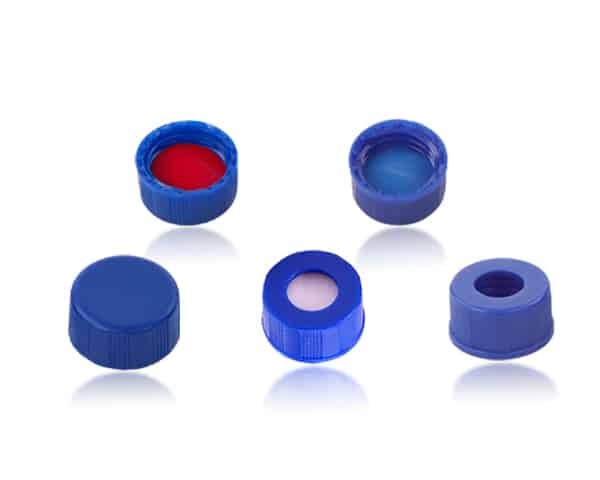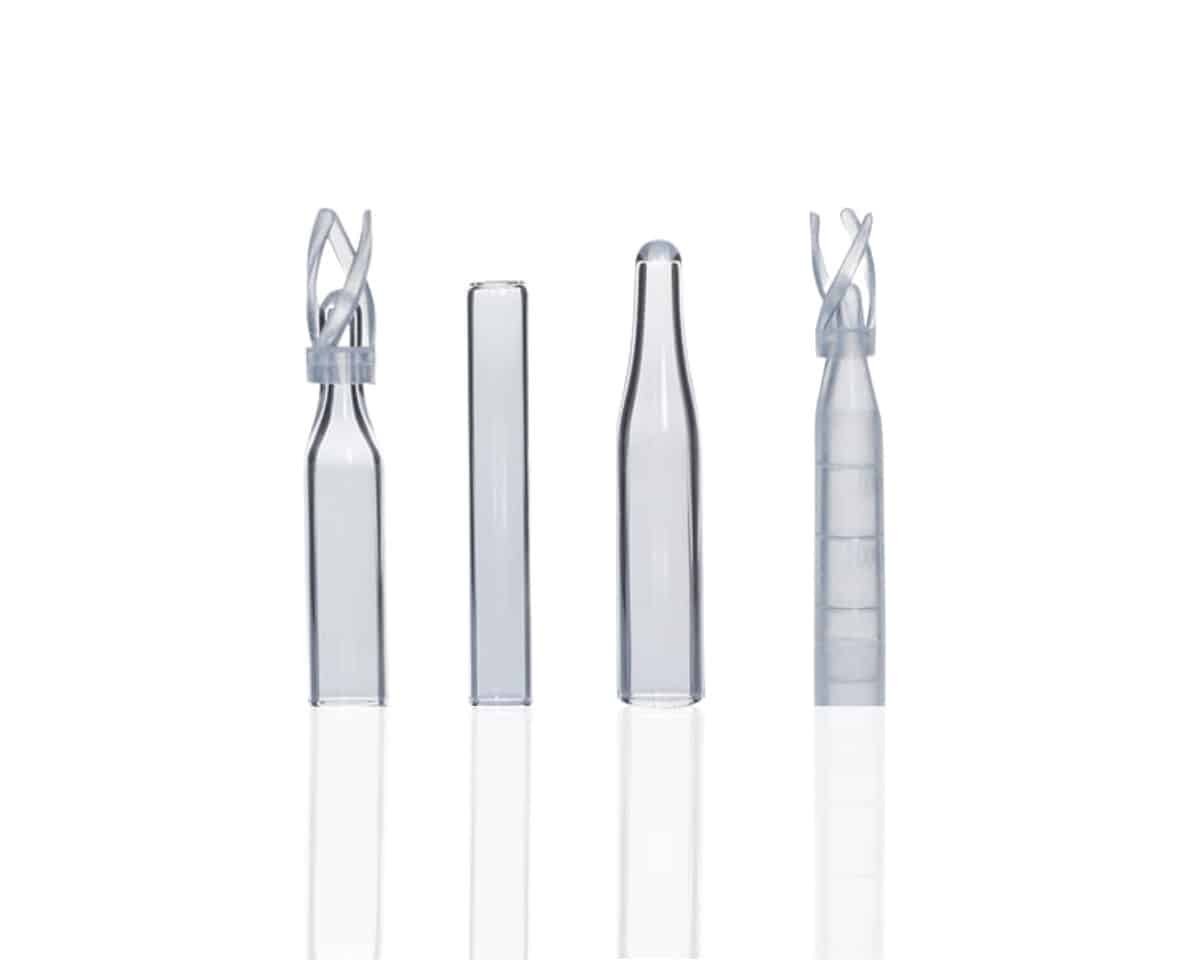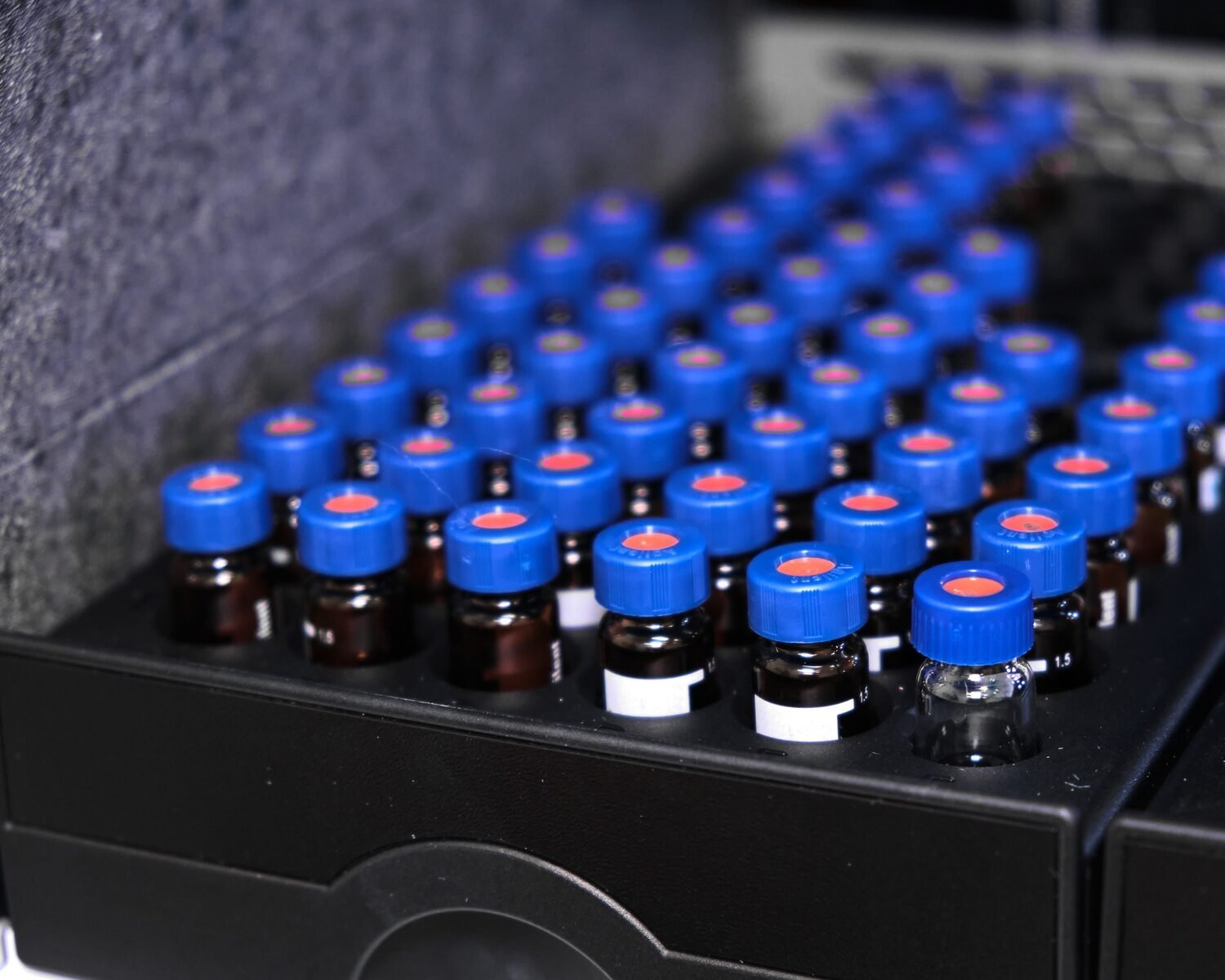Introduction: The Importance of HPLC Lab Maintenance
Have you ever experienced an unexpected system failure right in the middle of an important run? It’s one of the most frustrating experiences in an HPLC lab. High-Performance Liquid Chromatography (HPLC) is integral to analytical and preparative work in industries like pharmaceuticals, food safety, and chemical analysis. Yet, the reliability of an HPLC system hinges on regular maintenance.
Neglecting upkeep can lead to instrument downtime, inaccurate results, and ballooning operational costs. On the flip side, a proactive maintenance routine enhances efficiency, ensures data accuracy, and extends the life of your consumables. For example, proper care of HPLC columns can prevent clogging and maintain peak separation efficiency, while routine detector calibration ensures reproducible results.
This article dives deep into practical tips for maintaining your HPLC lab, focusing on core components, critical consumables, and best practices for a maintenance-centric culture. Ready to optimize your HPLC workflow? Let’s get started.
Core Components of HPLC Maintenance
1. Columns
Your HPLC column is the heart of your system, and proper care can dramatically extend its life.
Cleaning
After each run, flush the column with an appropriate solvent that matches the polarity of your sample to remove residual contaminants. For gradient methods, flush with intermediate polarity solvents before switching to storage solutions.
Storage
Store columns in a solvent recommended by the manufacturer, typically 50:50 water-methanol or acetonitrile, to prevent drying out. Never leave a column in pure water or buffer for extended periods, as this can lead to bacterial growth.
Regeneration
If you notice reduced performance, consider regenerating the column using manufacturer-approved protocols. This often involves sequential flushing with high-purity solvents to restore separation efficiency.
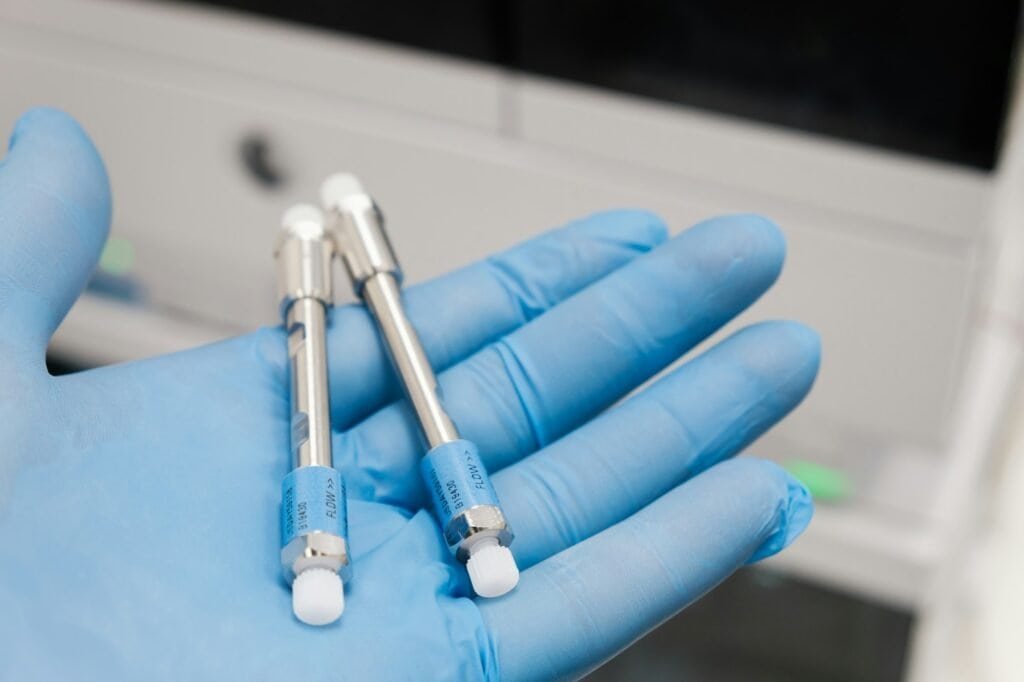
2. Injectors
Injectors handle sample delivery and can be a source of errors if not maintained.
Common Issues
Leaks, sample carryover, and inconsistent injection volumes are frequent problems.
Prevention
- Inspect injector seals and needles regularly for signs of wear.
- Clean injection ports using non-corrosive solvents to prevent buildup.
- Replace worn components like rotor seals according to the usage schedule.
3. Mobile Phase Preparation
Mobile phase consistency is critical for reproducible results.
Purity
Use high-purity solvents and deionized water to avoid introducing impurities. Filter mobile phases through a 0.45-micron filter to remove particulates.
Stability
Prepare fresh mobile phases daily or weekly, depending on their stability. Discard outdated solutions, as degraded mobile phases can introduce variability.
4. Detectors
Detectors are sensitive components that require regular calibration and cleaning.
Calibration
Use certified reference standards to calibrate detectors regularly. This ensures consistent response factors across runs.
Cleaning
Flow cells should be flushed with a compatible solvent after each session. Avoid harsh chemicals that might damage delicate components.
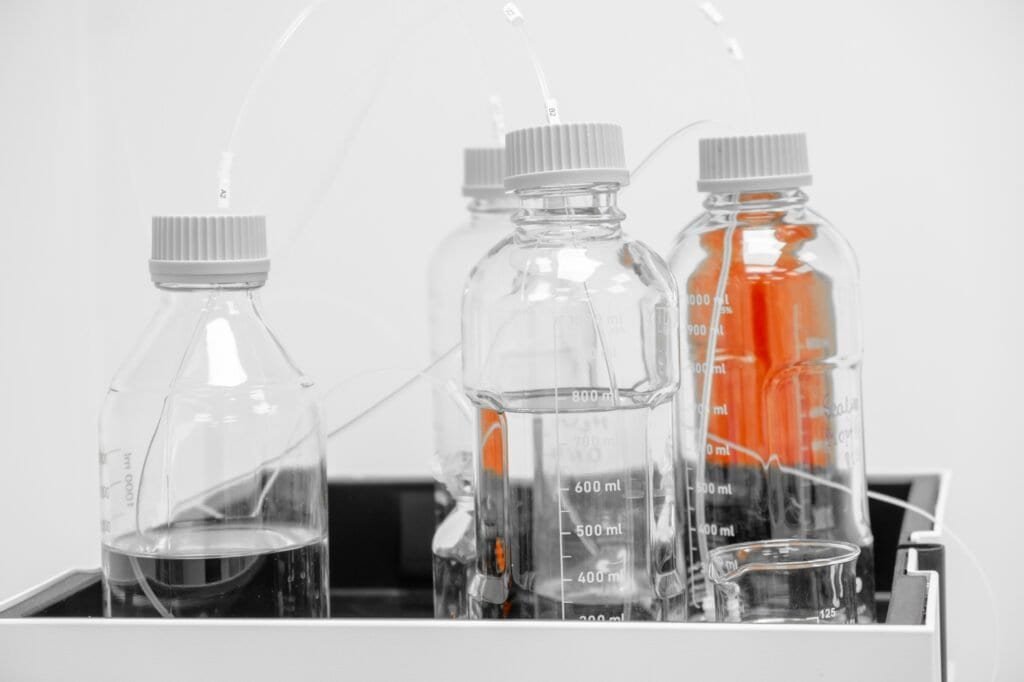
Key Consumables to Monitor for Optimal Performance
1. Filters and Frits
Filters and frits protect your system from clogging but can accumulate debris over time.
Signs of Wear
Increased system pressure often indicates blockages in filters or frits.
Replacement
Replace these components as per your system’s maintenance manual or whenever visible wear is detected.
2. Tubing and Connectors
Your system’s plumbing ensures smooth flow and pressure integrity.
Inspection
Look for kinks, corrosion, or loose fittings during routine checks.
Maintenance
Replace tubing that shows signs of wear, particularly in high-pressure regions, to avoid leaks or flow inconsistencies.
3. Buffers and Reagent
Chemical consumables can degrade over time, impacting your results.
Proper Storage
Store buffers and reagents in cool, dry environments away from light and heat sources.
Handling Tips
Use clean pipettes and containers to avoid cross-contamination. Clearly label solutions with preparation dates.

Best Practices for Routine Lab Checks
1. Create a Maintenance Checklist
A detailed checklist ensures no critical task is overlooked.
Daily Tasks
- Inspect system pressure and flow rates.
- Flush columns with appropriate solvents.
- Check for leaks in tubing or connectors.
Weekly Tasks
- Calibrate the detector.
- Inspect and clean injection ports.
- Replace consumables like frits or filters if needed.
Monthly Tasks
- Conduct a comprehensive system flush.
- Check for software updates and install them.
2. Use Digital Tools
Maintenance tracking software can send reminders for scheduled tasks, log activity, and generate reports for audits.
Suggested Tools
Platforms like Labguru or Benchling can integrate with your HPLC system to streamline these processes.
Case Study: Impact of Consistent Maintenance on Lab Efficiency
A pharmaceutical lab struggled with repeated delays due to equipment failures, costing them $50,000 annually. After implementing a comprehensive maintenance schedule:
- Downtime dropped by 45%.
- Calibration compliance increased by 30%.
- Overall efficiency improved, saving $20,000 annually.
This case highlights how proactive care of components like injectors and columns prevents disruptions and enhances operational success.

Conclusion: Building a Maintenance-Centric Lab Culture
Effective maintenance of HPLC labs is essential for ensuring accurate results, reducing costs, and maximizing the lifespan of equipment. Key practices include routine cleaning of columns and detectors, scheduled calibration, and proper storage of mobile phases and consumables. Monitoring components like filters, frits, tubing, and connectors helps prevent blockages and leaks, while regular inspections identify issues early, reducing downtime. A maintenance-centric approach, supported by digital tracking tools, not only enhances operational efficiency but also boosts lab productivity.
Building a culture of care among lab teams ensures that these practices are consistently followed, leading to reliable, reproducible results. By implementing these tips, HPLC labs can avoid costly delays and maintain high analytical standards.
Creating a maintenance culture requires collective effort. Encourage team-wide participation in daily and scheduled maintenance tasks. Provide training to all staff to ensure proper equipment handling.
Remember, investing time in maintaining your HPLC system is not just about avoiding breakdowns. It’s about fostering a reliable, efficient, and accurate lab environment. So, what will your first step be toward better maintenance? Let’s make it happen!
FAQ Section
Q: How often should I clean my HPLC column?
A: Clean your column after every run to prevent residue buildup.
Q: What’s the best way to store HPLC columns?
A: Use the manufacturer-recommended storage solution, typically a water-organic solvent mix.
Q: Can I use tap water for mobile phase preparation?
A: No, always use deionized or distilled water to avoid contamination.
Q: How do I know if my detector needs calibration?
A: If response factors deviate significantly from standard values, recalibration is necessary.
Q: What’s the lifespan of consumables like filters and frits?
A: Replace filters and frits as per manufacturer guidelines or if you notice increased system pressure.




